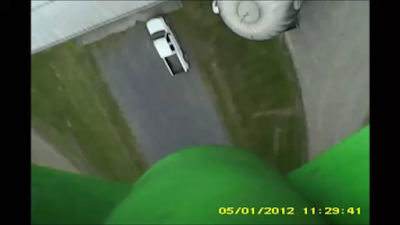Allison KB1GMX alerted us to this rig. Pete and I had been discussing with her various designs for SSB transceivers. I recently completed an NE602 rig.
I really like the KN-Q7 (click on the picture above for a closer look). The T/R switching is much simpler than my use of three DPDT relays. It even seems simpler than the Epiphyte's switching of the BFO and VFO frequencies. I also like the analog VFO and BFOs inside the 602s, but I think Pete would use an Si5351. The AF amp muting circuit is kind of neat.
I questioned the need for the extra IF amp for the receiver. My rig just uses the two NE602s and an AF amp circuit from the BITX40 module (2N3904 and an LM386), and with this I can hear the band noise floor on 40. But Allison points out that different bandpass and crystal filter have different losses, so with these components some additional gain may have been necessary. YMMV.
Here is the kit manual:
Here is a video of VK2TPM putting his KN-Q7 on the air:
It is interesting that Peter notes a need for additional mic gain. Some of the NE602 rig designs run an electret mic right into the NE602 balanced modulator with no mic amp. For a few days I had my amplified D-104 mic running into the NE602 in this way. I too found that I was having to "loud talk" into the mic. I put an LM741 mic amp in there and it fixed the problem. I wonder if later versions of the KN-Q7 included a mic amp. I will check on this later.
Three cheers for designer Shi Ke, BA6BF!




























































